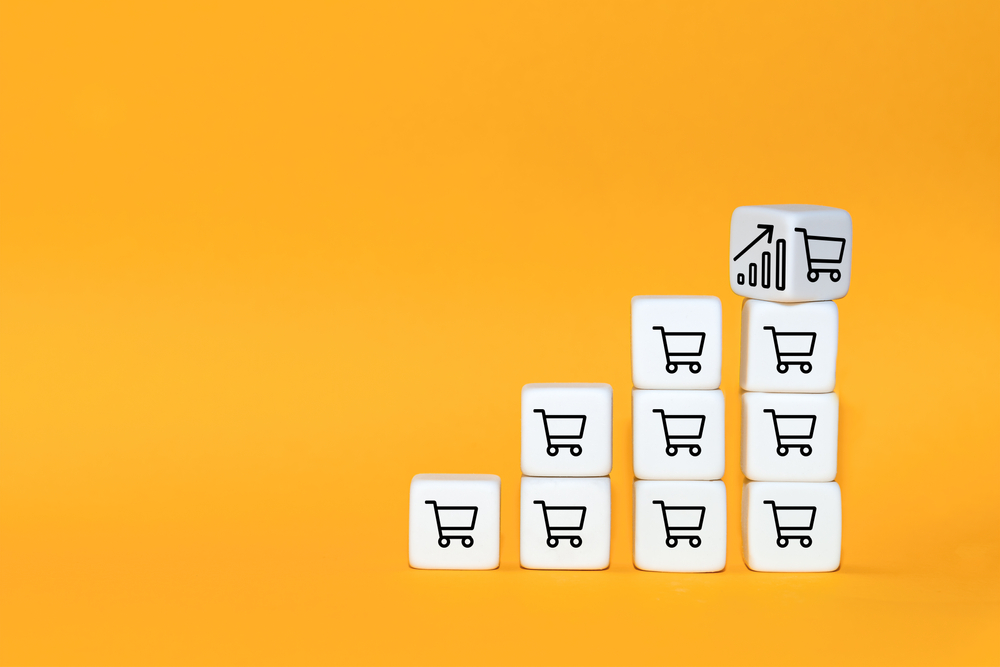The job market is dynamic. Sellers should care about their customers. Often, vendors looking for new customers neglect the demands of their existing customers. In this case, sellers cannot easily focus on their ready-made sales systems. With developing technology, differences are observed in sales channels and systems. However, selling is an art form that has existed far into the past. When we look at the sales techniques of the old times, the situation is a little different. Human relations were closed due to the past’s poor population and urbanization structure. Due to this, people would get to know each other while shopping. A sale transaction that takes place this way is efficient and enjoyable. It is easier to sell a product to a familiar face. There are sales techniques in which the seller bundles additional products with the product they sell. There are also sales transactions where the seller sells more expensive items alongside the item they are selling. In general, cross-selling is defined as: The seller sells another product during the transaction by recommending it along with the original product. Imagine you are a shirt seller. A customer comes to buy a shirt from you. Let’s say you sell the shirt that the customer wants. If you can sell one tie along with the shirt, it’s called a cross-sell transaction. By definition, cross-selling is an additional product marketing strategy for your customer.
Why is cross-selling important?
People always shop at stores they know. The retention of the customer is important in the sales process. For this reason, customers should be encouraged to shop at the same store in the future. Cross-selling is a known technique for this. You connect your customers to yourself with the cross-selling technique that allows the customer to buy from you again. Thus, you can continue selling to the customer you already have without searching for new customers. This situation has the following benefits: A sincere bond is formed between you and the customer, and the continuity of the customer is ensured. For example, when you sell a shoe to a customer, “Would you like this shoe spray, too? These sprays are good for long-term use of your shoes.” The sentence belongs to the cross-selling technique. In addition, in these sales transactions, it is easier to sell a product to a customer who knows you and you know them than to sell a product to a new customer. “We have this product with a more orthopedic sole than this shoe, but it is a little more expensive than that in terms of price. Would you like it?” is an upselling technique. The difference between the two techniques is that adding a product next to the product you are selling is cross-selling, whereas selling the more expensive product instead of the original is upselling. The basis of the difference between cross sell vs. upsell is customer loyalty.
What are the benefits of cross-selling?
Cross-selling is an important factor in increasing the sales of businesses. It motivates existing customers to buy more. Thus, the company’s sales increase and profits are made. Existing customers are introduced to products related to the ones they purchase. Then the customer takes action to buy. The cost of selling is an important factor for any business. Businesses spend money to attract customers. In this way, they aim to increase sales volume. Cross-selling reduces the cost of attracting customers. Because the purpose of cross-selling is to motivate the current customer. By cross-selling, companies can sell different products to their existing customers. Customer loyalty is very important for continuity. Cross-selling is a type of selling focused on existing customers. Therefore, it should provide customer satisfaction in order to gain customer loyalty. Full effort should be made when introducing the products that the customer needs in order for this to happen. Thanks to cross-selling, a new customer base is formed on the recommendation of existing customers. Here, the customer’s trust in the business is important. Customers recommend and promote products to people around them. Thus, the business gains new customers. The aim of cross-selling is to make the customer comfortable and happy.
For this reason, it contributes to the improvement of customer service of enterprises. Cross-selling ensures that the current customer has a good grasp of their needs and wants. Thus, businesses establish a good relationship by understanding the customer better.
Cross-selling techniques email cross-selling
Email cross-selling offers a few alternative product options alongside the products the customer will buy or has bought while browsing any e-commerce site. Thus, you ensure that a customer who visits your site for the first time will shop from it again later. You both increase the variety of products you sell and connect the customers to your site. Embedded pop-ups are used for this type of cross-selling email. When your customer visits your site and buys a product, you can observe that product and present the additional product to the customer with the help of a pop-up window. In addition, pop-ups are client indexed. It is personalized. If we give an example, let’s say you sell your customer a hat for summer. The customer adds the hat to their cart. When the product falls into the basket, saying, “Would you like these sunglasses too?” becomes a cross-selling technique. It is also possible to convert this system to an automatic system. You can both include cross-sell email on your site and send an automated email to your customers. This way, you get a wider range of products the customer sees. As your range of products increases, it becomes easier for you to meet customer needs.
When cross-selling, the data presented to the customer over the internet contributes positively to your product sales. The advantages of cross-selling via email are as follows:
- Customer motivation to buy will increase with the expanding product range.
- Your revenue increases with additional sales.
- It allows you to publicize your new product.
SIGN UP FREE


